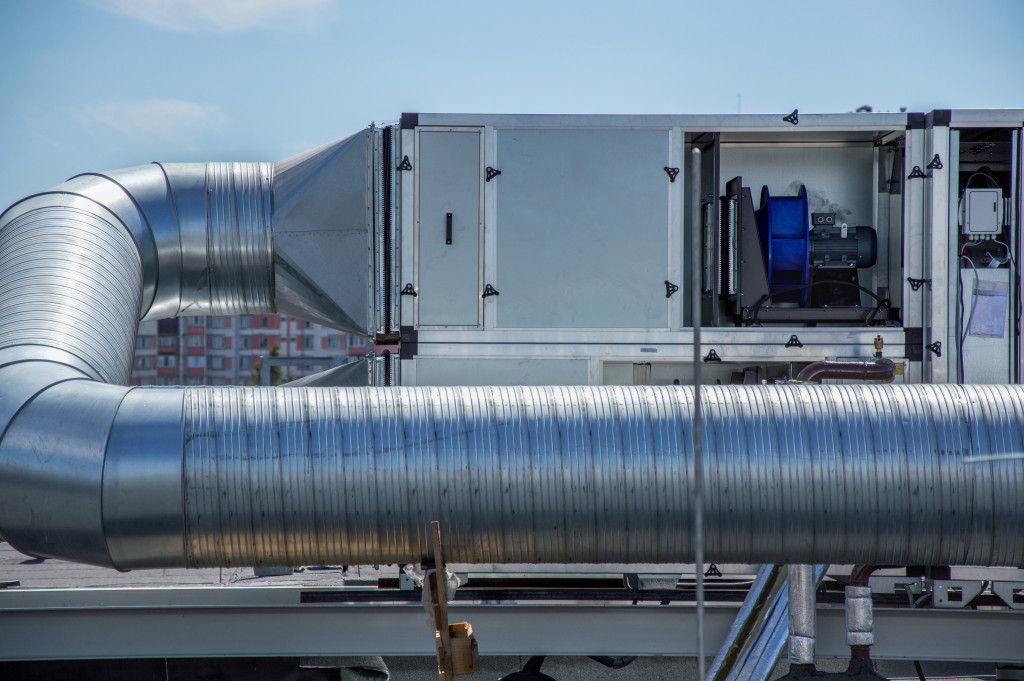According to the World Steel Association, steel shows signs of recovery after a decline in its demand in 2020, mainly due to the COVID-19 pandemic. In 2021 alone, the need for it could grow by almost 6 percent.
By 2022, the recovery rate for the product could be 4.2 percent. A few years after this, steel can be just as in demand pre-pandemic.
Meanwhile, the demand for ammonia is stable, according to Grand View Research. In 2016, its market size reached almost $50 billion. Between 2017 and 2025, the compound annual growth rate could be 5.2 percent, buoyed by the growth of agriculture and, therefore, the need for fertilizer.
Even better, a business may not need to choose between the two. Instead, they can capitalize on both since they share a similar process called air separation.
What Is Air Separation?
Air is one of the most abundant resources on the planet. It can contain a wide variety of mixtures of elements that may help manufacture certain products, such as steel and ammonia. The problem is it is both unseen and untouched.
How can factories extract the much-needed elements? The answer is air separation. In this process, an air separation unit (ASU), which can include a cryogenic tank, exposes the air to various temperatures to break down its components.
Usually, it contains a huge amount of oxygen, which steelmaking needs, and nitrogen, which is a primary element for making ammonia. In certain cases, it may also have traces of inert gases, such as radon and argon.
The concept of air separation is not new. Its history dates back to the 1800s when the German engineer Carl von Linde was able to liquefy gases in large amounts following the principle of the Thomson-Joule effect. This refers to the change of temperature that happens when a gas expands without any heat transfer or work production.
Since then, the process of air separation continues to improve, especially now that the goal is to make it more sustainable and environment-friendly.
The Process of Air Separation

Although the term makes the process sound complicated, the concepts it follows are straightforward. To separate the components of air is to transform it into its liquefied form. To accomplish this:
- Air goes through a mechanical filter to help remove its impurities and contaminants.
- It then goes through an ASU like a cryogenic tank, which then compresses the air to a pressure of around 6 to 10 bars.
- Air goes through a direct contact cooler that helps to condense it, so it becomes liquid later when exposed to a higher temperature.
- It then proceeds to a rectification process partly to remove any more impurities and break down its components.
- The liquefied air is distilled to completely separate the elements and purify the gases.
The Cost, Issues, and Options for ASUs
An ASU is, therefore, one of the critical tools for producing the raw materials for products like steel and ammonia. But how much will it cost the business, what are the options, and what problems can they expect?
Let’s begin with the problem. One of the common issues of these plants, especially cryogenic ones, is the risk of corrosion. Some contaminants in the air may trigger it, for example. For this reason, one of the primary goals of maintenance is corrosion control, which can include painting and coating as well as de-icing.
An ASU, particularly a cryogenic tank, can cost over $50 million, but that depends on many factors. These include the design, location, and even the brand. The more complex and large it is, the more expensive it gets.
However, over the years, the markets have seen numerous sizes and types. Most ASUs produce all gaseous products, but others may create an all-liquid output, which means a cryogenic vehicle needs to transport the liquefied gas to its users. Usually, this option is available in merchant plants.
Businesses can also choose modular and containerized cryogenic plants. The built and installation can make them more affordable, and they are also scalable. Companies need not invest huge amounts upfront for their needs.
Of course, proper maintenance is key in extending the lifespan of ASUs and maximizing their productivity. This way, users can spread its cost to many years.
There’s money in ammonia and steel, particularly after the pandemic. Thus, now is the right time to invest in their manufacturing. However, to produce them, companies have the option to buy ASUs.
They may be pricey, but the potential growth of the products means they can recover the costs faster. Moreover, with maintenance, they can be usable for decades.


